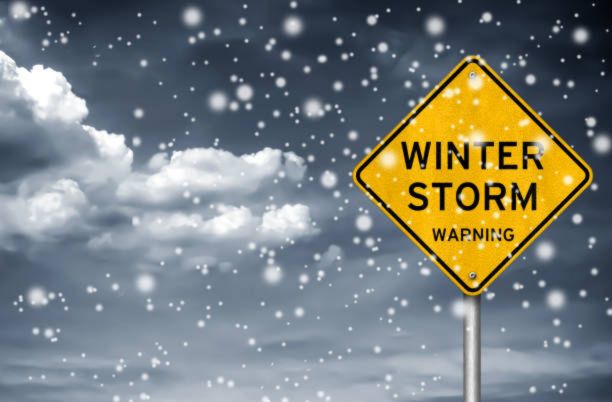Winter Storm Warning: What You Need to Know
A winter storm warning is a critical alert issued by meteorological agencies, such as the National Weather Service (NWS), to warn the public about impending severe winter weather. This warning signals that heavy snow, sleet, or freezing rain is expected and poses a significant threat to safety and property. Understanding what a winter storm warning means, how to prepare, and how to stay safe during such conditions is essential.
What is a Winter Storm Warning?
A winter storm warning is issued when hazardous winter weather conditions are either occurring or imminent. These conditions often include:
- Heavy snowfall: Snow accumulation typically exceeding 6 inches within 12 hours or 8 inches within 24 hours.
- Sleet and freezing rain: ice accumulation that could make roads slippery and cause power outages.
- High winds: Coupled with snow, these winds can lead to blizzards or whiteout conditions.
Meteorologists analyze factors such as temperature, wind speed, and precipitation to determine the likelihood and severity of a winter storm.
Differences Between Winter Storm Alerts
- Winter Storm Watch is issued when there is a potential for hazardous winter weather within the next 48 hours. Preparation is advised.
- Winter Storm Warning: Conditions are imminent or occurring, and immediate action is necessary.
- Winter Weather Advisory: Issued for less severe but still impactful winter weather.
Understanding these differences ensures appropriate action at the right time.
Impacts of a Winter Storm Warning
A winter storm warning can disrupt daily life and lead to:
- Travel Disruptions: Snow and ice make roads treacherous, leading to accidents and road closures.
- Power Outages: Ice accumulation can damage power lines and trees.
- Health Risks: Hypothermia and frostbite are significant dangers during prolonged exposure to cold.
- Infrastructure Damage: Buildings and roofs may collapse under the weight of heavy snow.
How to Prepare for a Winter Storm Warning
During a winter storm, preparation is crucial.
1. Create an Emergency Kit
Include:
- Flashlights and batteries
- Non-perishable food and water
- Warm clothing and blankets
- First aid supplies
- Portable phone chargers
2. Winterize Your Home
- Insulate windows and doors to retain heat.
- Ensure your heating system is functional.
- Keep firewood or alternative heating methods available.
3. Prepare Your Vehicle
- Check tire pressure and tread.
- Keep a snow shovel, ice scraper, and emergency supplies in your car.
- Maintain a full tank of gas.
4. Stay Informed
- Monitor local weather updates.
- Download weather alert apps for real-time notifications.
Staying Safe During a Winter Storm Warning
- Stay Indoors: Limit outdoor activities to reduce exposure to extreme cold and hazardous conditions.
- Avoid Travel: Only drive if absolutely necessary, and inform someone of your travel plans.
- Use heating devices safely: Prevent carbon monoxide poisoning by avoiding the use of generators or grills indoors.
- Stay Connected: Keep communication devices charged to stay in touch with emergency services and loved ones.
Recovery After a Winter Storm
Once the storm subsides:
- Clear snow safely to avoid overexertion or injury.
- Inspect your property for damage.
- Report power outages to your utility provider.
FAQs About Winter Storm Warning
1. What triggers a winter storm warning?
A winter storm warning is triggered when specific criteria for heavy snow, sleet, or freezing rain are met, posing a significant risk to safety and property.
2. How is a winter storm warning different from a blizzard warning?
A blizzard warning is specific to strong winds (35 mph or more) combined with heavy snow, causing reduced visibility, while a winter storm warning covers a broader range of severe winter weather.
3. Can schools and businesses remain open during a winter storm warning?
Decisions to close schools or businesses depend on local authorities and the severity of the storm. Often, closures are recommended to ensure public safety.
4. What should I do if I get stranded in my car during a winter storm?
Stay inside your car, call for help, and keep the engine running periodically to maintain heat. Ensure the exhaust pipe is clear to prevent carbon monoxide buildup.
5. How long does a winter storm warning typically last?
The duration varies but often lasts 12–24 hours, depending on the storm’s severity and progression.
Conclusion
Understanding and heeding a winter storm warning is crucial for staying safe during severe winter weather. By preparing in advance, staying informed, and taking appropriate precautions, you can minimize the impact of winter storms on your life. Stay safe, stay warm, and always prioritize safety over convenience during these extreme weather events.
